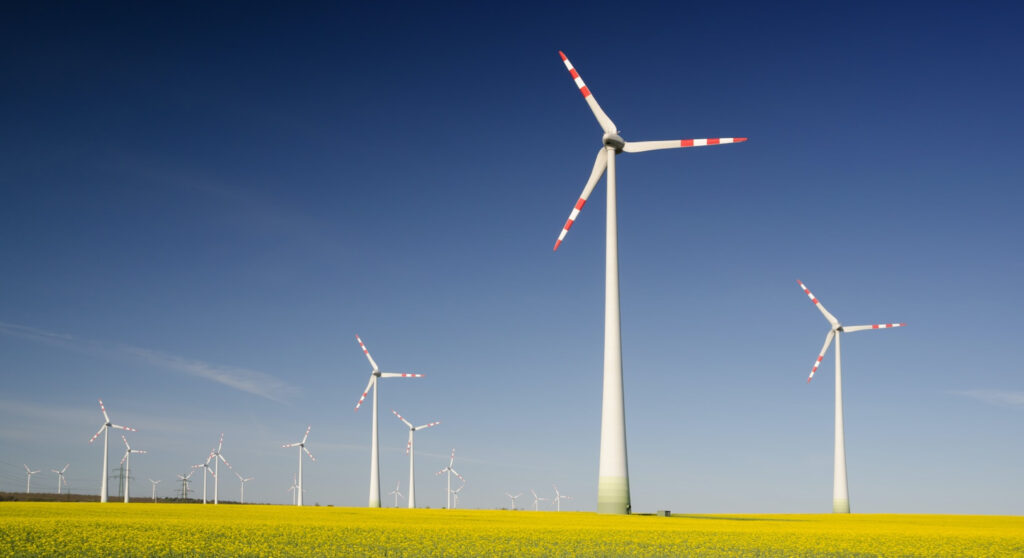What are alternative energy sources and what is their future?
What are alternative energy sources?
Alternative energy sources are renewable energy resources derived from hydropower, wind, solar, geothermal, biomass, and tidal energy. Unlike fossil fuels — such as oil, natural gas, coal, and uranium ore — these energy sources do not deplete, which is why they are called renewable. In 2019 alone, renewable energy facilities (RES) with a total capacity of 200 GW were installed around the world.

«>»>Types of alternative energy sources
1. Solar power
The sun is the main source of energy on Earth, because about 173 PW (or 173 million GW) of solar energy hits our planet every year, which is more than 10,000 times the world’s energy needs. Photovoltaic modules on rooftops or outdoor areas convert sunlight into electrical energy using semiconductors — mostly silicon. Solar collectors produce heat for heating and hot water production, as well as for air conditioning.
Solar panels can produce power even when it’s cloudy and even when it’s snowing. For the highest efficiency, they should be installed at a certain angle — the farther from the equator, the greater the angle of installation of the panels.
2. Wind power
The use of wind as a driving force is a long tradition. Windmills were used for grinding flour, sawmills) and as a pumping or water pumping station. Modern windmills generate electricity from wind power. They first turn the kinetic energy of the wind into mechanical energy of the rotor, and then into electrical energy.
Wind power is one of the fastest growing renewable energy technologies. According to the latest IRENA data, the world’s onshore and offshore wind power generation capacity has increased nearly 75-fold over the past two decades, from 7.5 GW in 1997 to about 564 GW by 2018.
3. Water power
As far back as ancient Egypt and the Roman Empire, water energy was used to drive working machines, including mills. In the Middle Ages, water mills were used in Europe in sawmills and pulp and paper mills. Since the end of the 19th century, water energy has been used to generate electricity.
4. Geothermal energy
Geothermal energy uses the earth’s heat to generate electricity. The temperature in the earth’s crust can heat the upper layers of the earth and the reservoirs beneath it. Geothermal energy is extracted from the ground using shallow wells — this does not require a large capital investment. It is especially effective in regions where hot springs are close to the surface of the earth’s crust.
5. Bioenergy
Bioenergy is versatile. Heat, electricity and fuel can be produced from solid, liquid and gaseous biomass. At the same time, plant and animal waste is used as a renewable raw material.
6. Tidal energy
Tides and waves are another way of generating energy. They make the generator rotate, which is responsible for generating electricity. Thus, wave power plants use hydrodynamic energy, i.e. the energy, pressure difference and temperature difference of sea waves, to generate electricity. The studies in this area are still underway, but experts have already calculated that the European coast alone can generate more than 280 TWh of energy annually, which accounts for half of Germany’s energy consumption.






